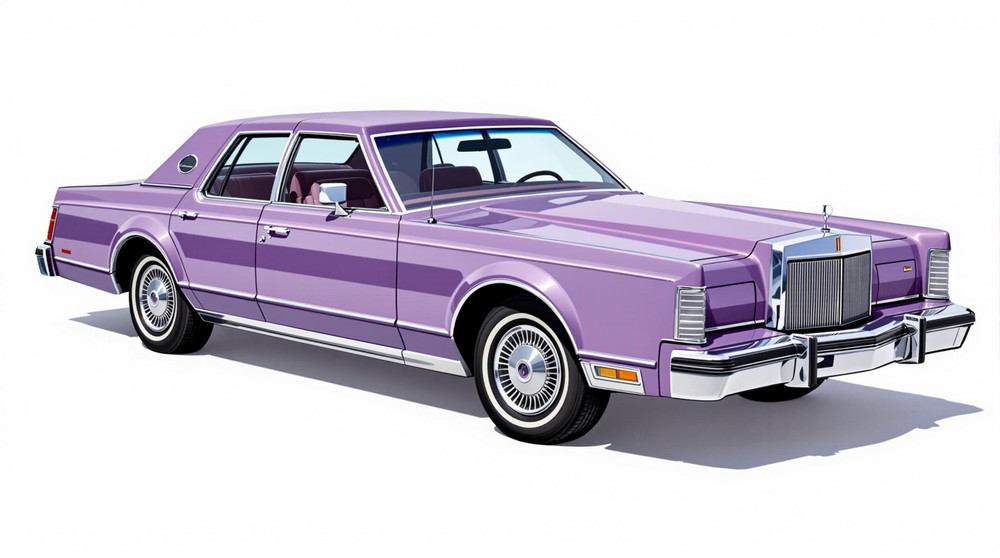Image of 1978 Lincoln Versailles, Note: These illustrations use artistic license and may differ from actual historical models.
Performance Metrics
Fundamental Metrics
Emotional Appeal
MMP Rating
| Engine Specifications | |
|---|---|
| Engine: | 302 cu in (4.9 L) Windsor V8 |
| Displacement: | 4942 cc |
| Horsepower: | 130-140 hp |
| Torque: | 238 lb-ft |
| Compression Ratio: | 8.4:1 |
| Ignition System: | Electronic ignition |
| Cooling System: | Liquid-cooled |
| Performance Specifications | |
| 0-60 Time: | 12 seconds |
| 1/4 Mile Time: | 18 seconds |
| Top Speed: | 105 mph |
| Transmission and Drive | |
| Drive Type: | Rear-wheel drive |
| Transmission Type: | 3-speed C4 automatic |
| Fuel and Efficiency | |
| Fuel System Type: | Carburetor |
| MPG: | 14-16 mpg |
| Dimensions and Brakes | |
| Brakes: | Front disc, rear drum |
| Wheelbase: | 109.9 in |
| Weight: | 3,900 lbs |
Note: Specifications for classic cars are given to the best of our ability, considering the limited and variant data available.
Unveiling the Understated Elegance of the 1978 Lincoln Versailles
In an era defined by automotive excess, the 1978 Lincoln Versailles emerged as a paragon of luxury and subtlety. Crafted by the esteemed Ford Motor Company, this vehicle was not just a car; it was a statement of sophistication and a nod to the discerning driver. As Lincoln's foray into the burgeoning luxury compact market, the Versailles was an attempt to rival the success of European imports that were gaining popularity in America. Notably, it was among the first American cars to feature clearcoat/lacquer paint and halogen headlamps, setting a precedent for future models.
Design and Innovation
The exterior of the Versailles exuded a quiet confidence with its sharp lines and classic vinyl roof, reminiscent of its Continental ancestors. The grille, a Lincoln signature, was both imposing and refined. Inside, occupants were enveloped in a world of opulence where plush leather seats and rich wood accents were standard fare. The use of genuine materials underscored Lincoln's commitment to quality. Technologically, the Versailles was ahead of its time, boasting features like a factory-installed AM/FM/8-track quadraphonic sound system. Color options ranged from subtle hues to more vibrant tones, with Dark Jade Metallic and Light Champagne being among the popular picks. The sedan body style with its distinctive opera windows became emblematic of this model's allure.
Historical Significance
The Lincoln Versailles made its mark by introducing upscale amenities to a smaller, more manageable platform. It challenged the notion that luxury needed to be synonymous with grandiose size. While it shared underpinnings with less prestigious Ford models, it was the attention to detail and high-end finishes that set it apart. Its legacy is evident in how today's luxury sedans balance size with extravagance.
Performance and Handling
Beneath the hood lay a 302 cubic inch V8 engine that delivered smooth acceleration rather than breakneck speed; after all, refinement was its forte over raw power. The Versailles' top speed hovered around 110 mph, with a leisurely 0-60 mph time that reflected its composed nature. On winding roads or over imperfections in the pavement, the car maintained poise courtesy of its unique rear suspension derived from European design principles. Drivers often remarked on the hushed purr of the engine and how driving felt like gliding—a testament to Lincoln's mastery of ride comfort.
Ownership Experience
The Versailles found its niche among those seeking an everyday touch of class or an elegant showpiece for weekend outings. Maintenance was straightforward for such a luxury vehicle, though some components unique to Lincoln could pose challenges in sourcing. Overall reliability was commendable for its day.
Fun Facts
A lesser-known fact about the Versailles is that it pioneered key automotive innovations such as halogen headlamps in America—a feature we now take for granted. Although not known for setting records in speed or sales, it did carve out its own niche in automotive history books. Criticisms often centered on its resemblance to less expensive Ford models; however, enthusiasts appreciate these quirks as part of its charm.
Collector's Information
Today, estimates suggest that fewer than 50,000 units were produced during its short-lived production run from 1977 to 1980. As for value range, well-preserved examples can fetch anywhere from $5,000 to $15,000 depending on condition and provenance—reflecting a modest appreciation due to their rarity and unique place in automotive history.
Conclusion
The 1978 Lincoln Versailles stands as a testament to an era when luxury began adapting to changing tastes without sacrificing elegance or comfort. Its story is one of innovation within tradition—a balancing act that has endeared it to collectors and classic car aficionados alike. As we look back at this understated gem from Lincoln's storied past, we're reminded that true luxury is timeless.
1978 Lincoln Versailles Catalog of Parts
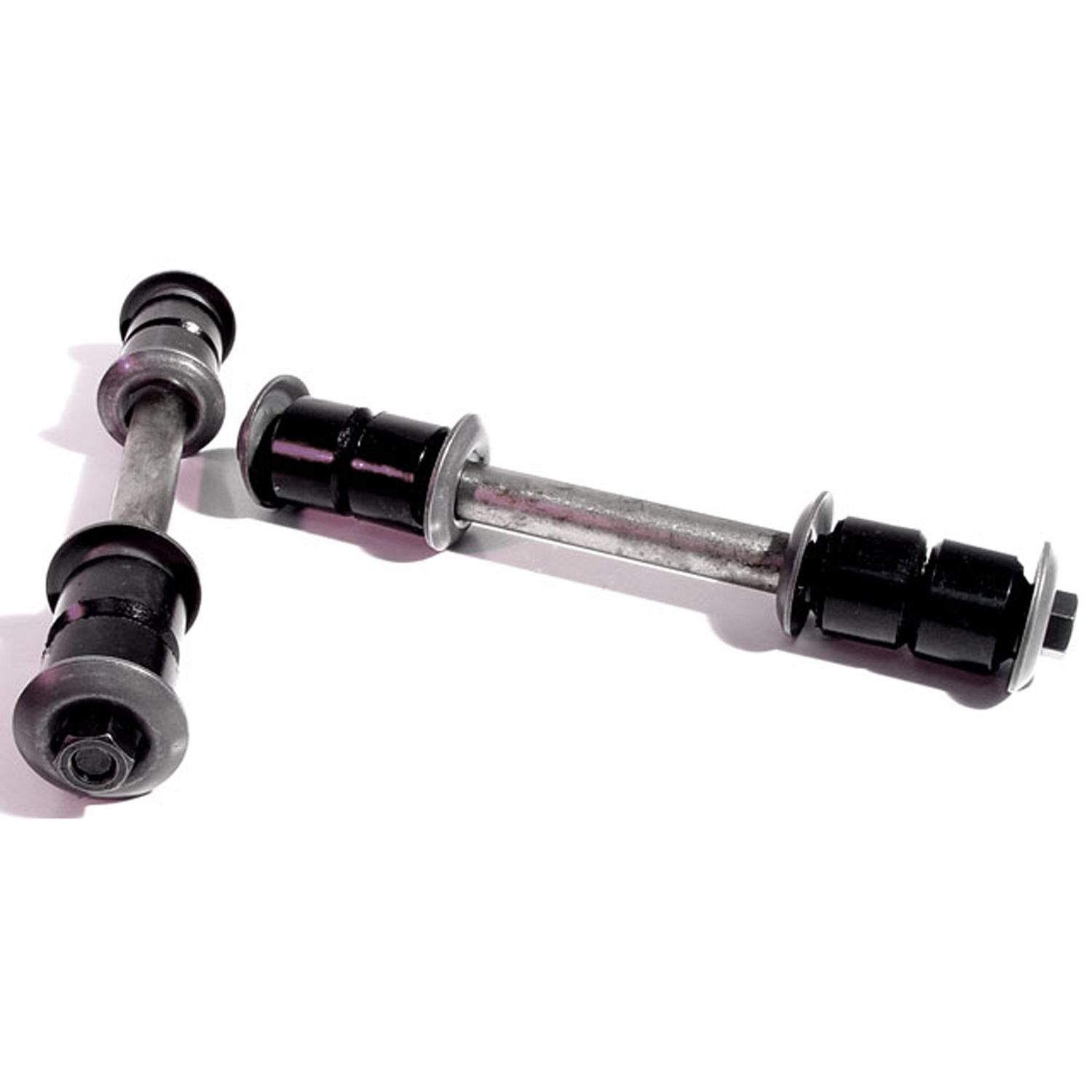 1978 Lincoln Versailles Front Stabilizer End Repair Kit-BNK 21Front Stabilizer End Repair Kit. 22-piece set for two stabilizer bars. Contains all rubber bushings, washers, bolts and nuts, enough for one front end. Set
1978 Lincoln Versailles Front Stabilizer End Repair Kit-BNK 21Front Stabilizer End Repair Kit. 22-piece set for two stabilizer bars. Contains all rubber bushings, washers, bolts and nuts, enough for one front end. Set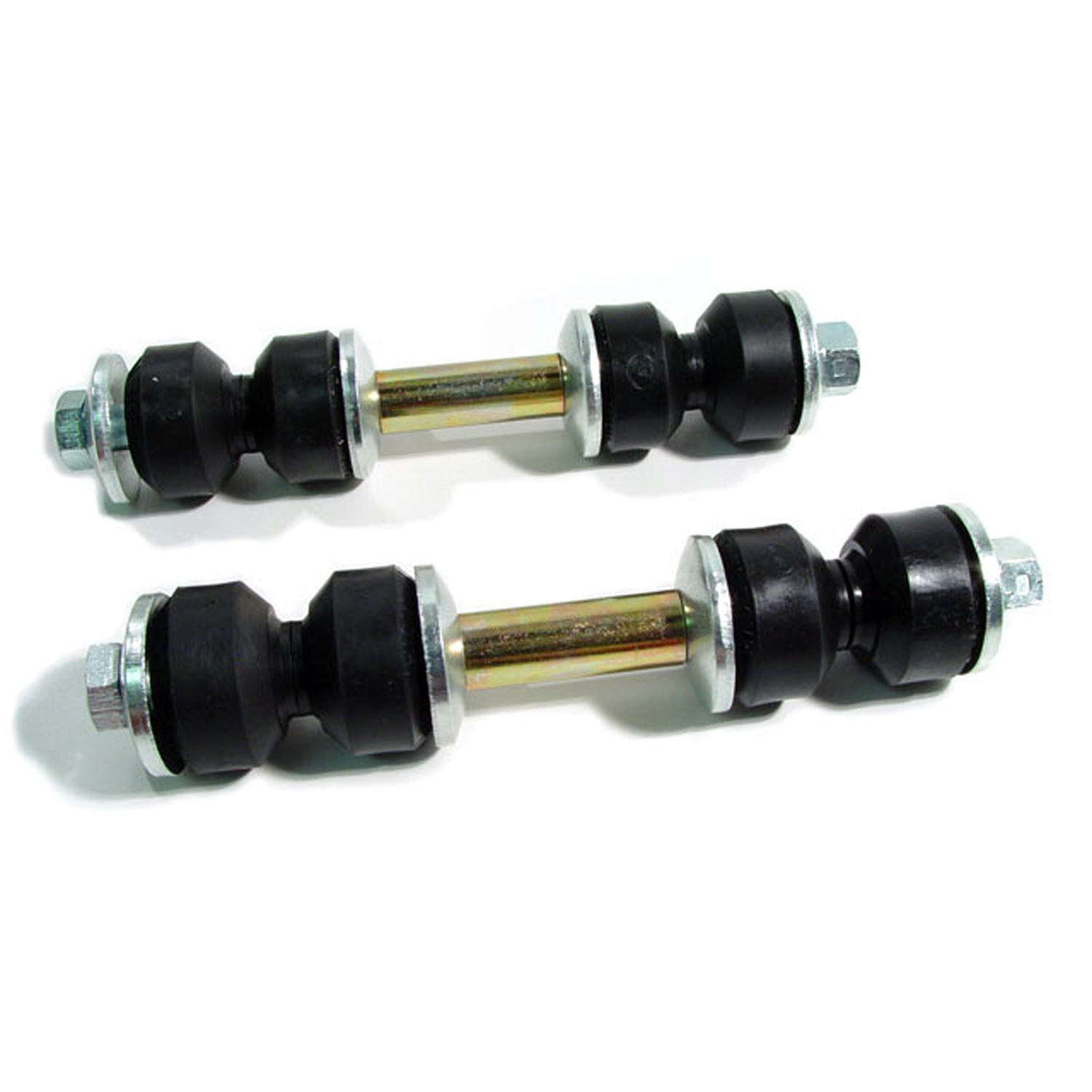 1978 Lincoln Versailles Front Stabilizer End Repair Kit-BNK 22Front Stabilizer End Repair Kit. 22-piece set for two stabilizer bars. Contains all rubber bushings, washers, bolts and nuts, enough for one front end. Set
1978 Lincoln Versailles Front Stabilizer End Repair Kit-BNK 22Front Stabilizer End Repair Kit. 22-piece set for two stabilizer bars. Contains all rubber bushings, washers, bolts and nuts, enough for one front end. Set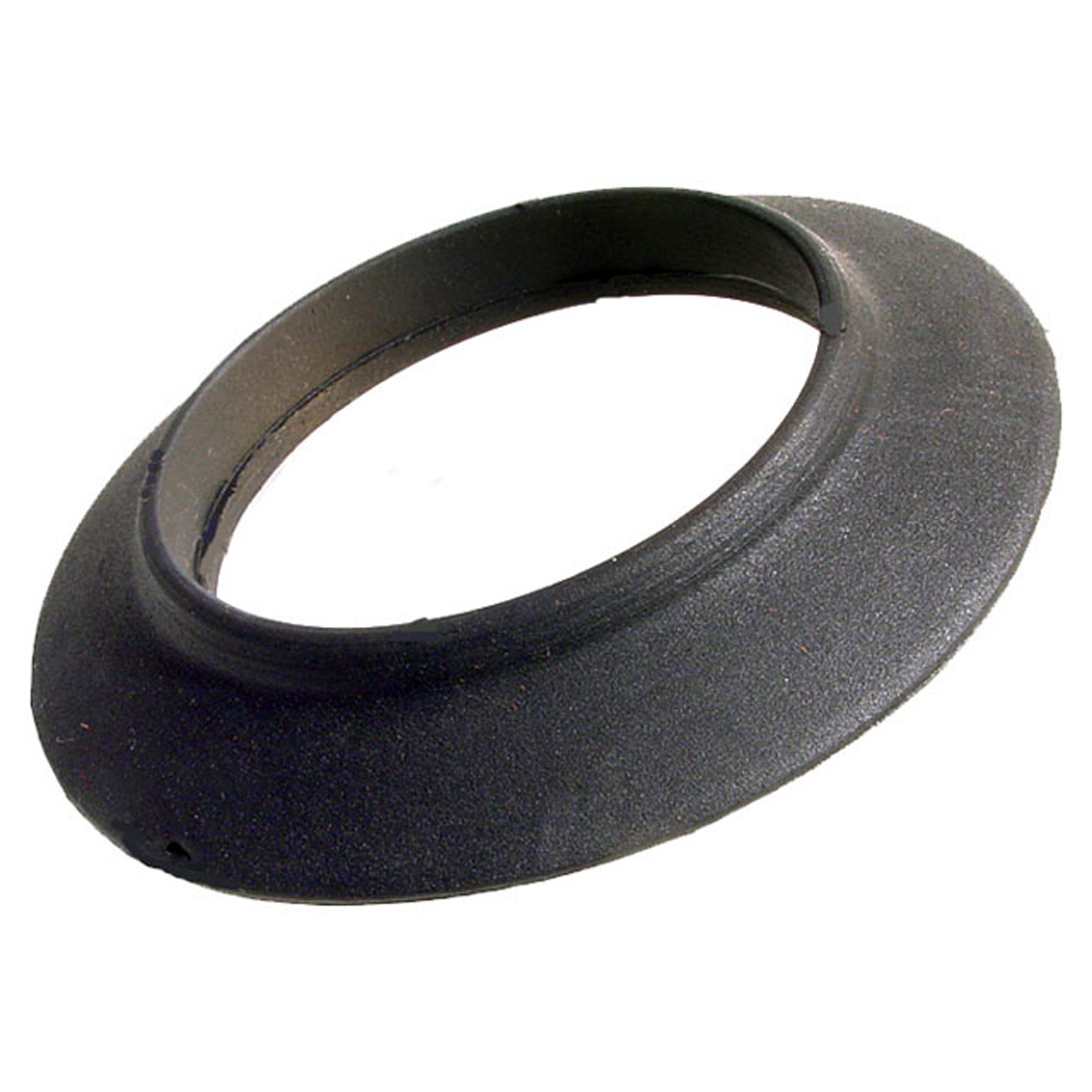 1978 Lincoln Versailles Gas Filler Grommet. 2-1/2" I.D., 4-1/8" O.D. Each-GF 24Gas Filler Grommet. 2-1/2" I.D., 4-1/8" O.D. Each
1978 Lincoln Versailles Gas Filler Grommet. 2-1/2" I.D., 4-1/8" O.D. Each-GF 24Gas Filler Grommet. 2-1/2" I.D., 4-1/8" O.D. Each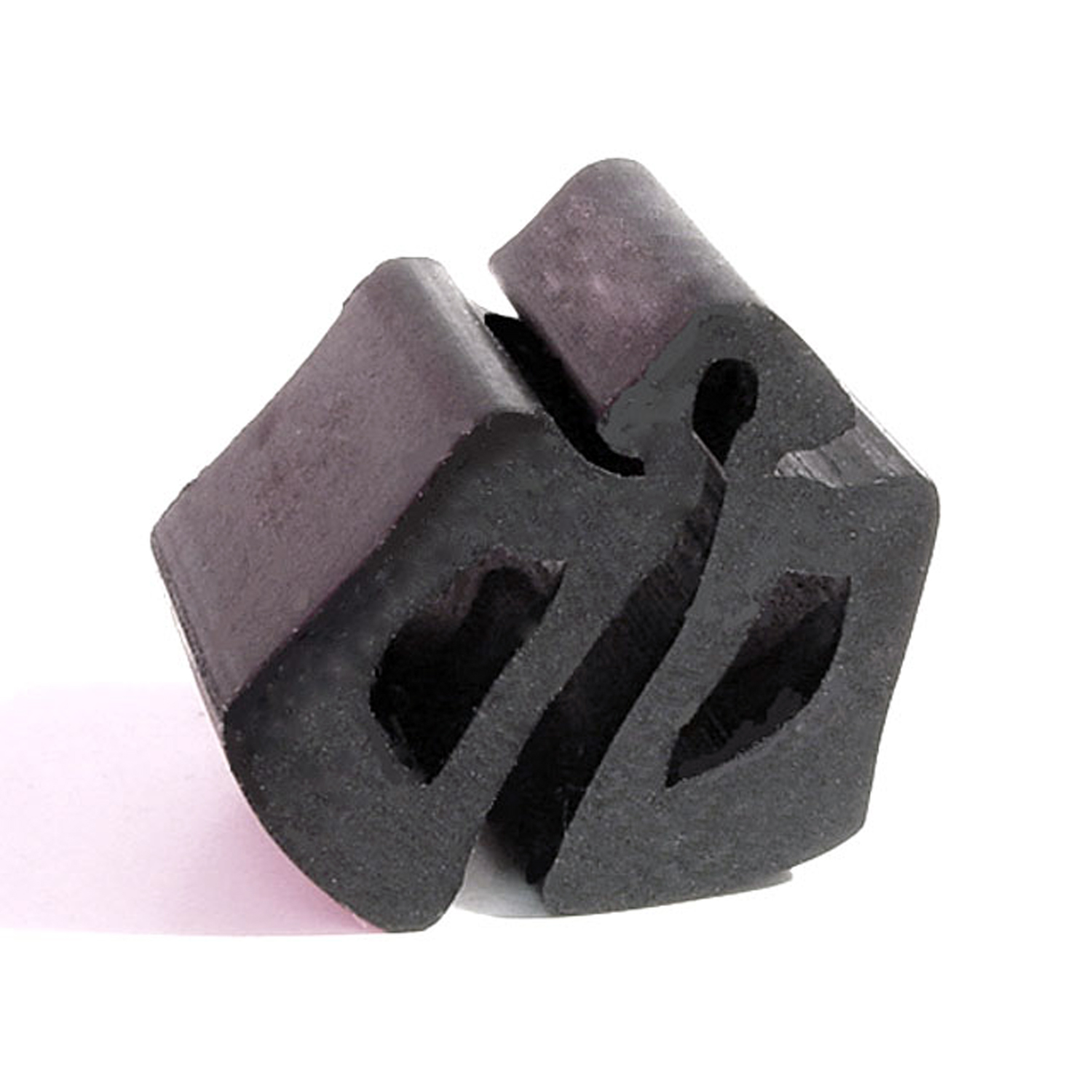 1978 Lincoln Versailles Hood Bumper. Each-HF 2Hood Bumper. Each
1978 Lincoln Versailles Hood Bumper. Each-HF 2Hood Bumper. Each 1978 Lincoln Versailles Windshield Reveal Molding Clip. Made of steel. Each-WF 228-AWindshield Reveal Molding Clip. Made of steel. Each
1978 Lincoln Versailles Windshield Reveal Molding Clip. Made of steel. Each-WF 228-AWindshield Reveal Molding Clip. Made of steel. EachWhy Choose Metro?
For over 100 years, Metro Moulded Parts has been the pinnacle of quality in classic car restoration parts. Our commitment to precision and authenticity in every component ensures a perfect fit and an OEM-level appearance.
- Expert Craftsmanship & Quality: Each part is a testament to our dedication to reliability and perfection, crafted from original designs and thoroughly tested.
- Advanced Technology: We use cutting-edge techniques to create flawless, long-lasting parts that surpass others in performance.
- SuperSoft Sponge – The Ultimate Door Seal: Not only are our door seals 30% softer than competitors', but they're also guaranteed to never leak. They effectively reduce wind and road noise, enhancing your classic car's comfort and driving experience.
- Proudly American: Our parts are a product of American craftsmanship, made in the USA with a spirit of excellence and heritage.
- Unrivaled Warranty: We back our products with a 30-year industry-leading warranty, a testament to our confidence in their quality.
Join us in preserving the legacy of classic cars with parts that are crafted for perfection, not just made.

